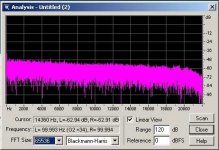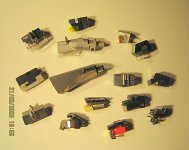After having measured a moving coil cartridge and there is an embedded HF resonance, like in many of them, I just thought why not implementing a parallel tank resonance trap in the phono unit? The whole game is judged in having a well behaving coil at the needed frequency and dBu level. It can be calculated in between stages of the phono, or on its output, given that it will be driving a known level input Z all the time. It can be optionally defeated by a sorting switch as well. That would open up sonically very many cartridges!
It takes a full range pink noise track on a test record and an FFT. I would not trust any manufacturer measurements. Also just paralleling a cap on the input load resistor, makes a mess earlier before the resonance peak. Half measure. Only a properly tuned trap will do. Parametric EQ in other words. In loudspeakers when some ringing is gone they really sing. Cartridges are transducers too. I would expect such performance gains. Does anybody know who can make correct mini inductors with good distortion cores preferably 0dBu or +6dBu on special value order?
Me I got lucky, because I measured the input of the Dynavector DV6/Z and it averages 0.35H in between channels. Just the value that I was looking for! Sorted the output to avoid hum injection, and made a 12.5 kHz Q=2 trap for the measured resonance of Ortofon Virtus and 50K line stage input Z termination. He, he! Revelation! Add $$$. Right on the money!😀
Lucky me, the Dyna did not saturate at 200mV AC RMS that I put it to work!
THE POISON
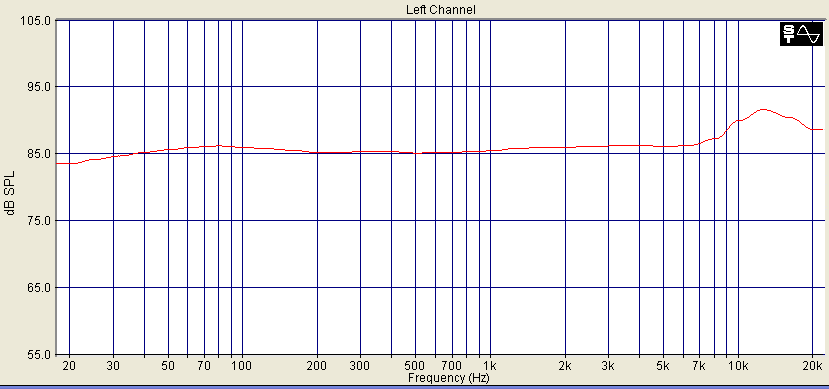
THE REMEDY
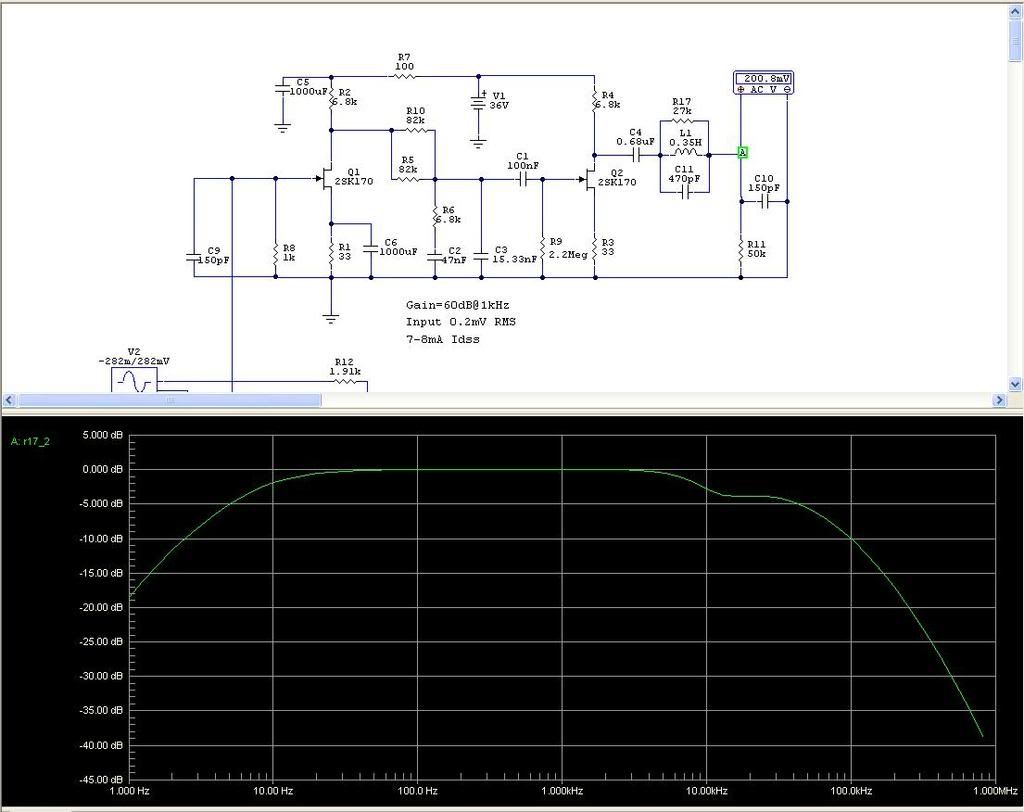
It takes a full range pink noise track on a test record and an FFT. I would not trust any manufacturer measurements. Also just paralleling a cap on the input load resistor, makes a mess earlier before the resonance peak. Half measure. Only a properly tuned trap will do. Parametric EQ in other words. In loudspeakers when some ringing is gone they really sing. Cartridges are transducers too. I would expect such performance gains. Does anybody know who can make correct mini inductors with good distortion cores preferably 0dBu or +6dBu on special value order?
Me I got lucky, because I measured the input of the Dynavector DV6/Z and it averages 0.35H in between channels. Just the value that I was looking for! Sorted the output to avoid hum injection, and made a 12.5 kHz Q=2 trap for the measured resonance of Ortofon Virtus and 50K line stage input Z termination. He, he! Revelation! Add $$$. Right on the money!😀
Lucky me, the Dyna did not saturate at 200mV AC RMS that I put it to work!

THE POISON

THE REMEDY

A common problem
Found one nice set of measurements for the Lyra Dorian cartridge on the TNT site. Has the peak thing too. They almost never present measurements in cartridge reviews now days. This one is a good example for the MC peaking thing, and a proper review.
There is a concise description of the last octave (10k-20k) resonance common in many MC cartridges.
If you are equipped with a calibrated FFT running PC (ARTA is OK) and a tone test disc, I highly recommend the method I used. The audio quality gain is HUGE. The RLC can be easily implemented in a DIY phono stage that the terminations are known. Its easy to calculate an anti resonance trap. I guess that transformer manufacturers can wind a mini core coil with appropriate inductance circa 15kHz on special order. OK it takes a little work and common circuit sense. But it pays off.
Lyra Dorian Measurements & Review (TNT)
Found one nice set of measurements for the Lyra Dorian cartridge on the TNT site. Has the peak thing too. They almost never present measurements in cartridge reviews now days. This one is a good example for the MC peaking thing, and a proper review.
There is a concise description of the last octave (10k-20k) resonance common in many MC cartridges.
If you are equipped with a calibrated FFT running PC (ARTA is OK) and a tone test disc, I highly recommend the method I used. The audio quality gain is HUGE. The RLC can be easily implemented in a DIY phono stage that the terminations are known. Its easy to calculate an anti resonance trap. I guess that transformer manufacturers can wind a mini core coil with appropriate inductance circa 15kHz on special order. OK it takes a little work and common circuit sense. But it pays off.
Lyra Dorian Measurements & Review (TNT)
The Rega Ios has a trap for their Apheta cartridge:
http://www.rega.co.uk/html/Ios%20phono%20pre%20amplifier.htm
Thanks for the praise on the Dorian review. Still, I don't quite endorse
compensating for these peaks. Vinyl is such a lossy medium with respect to treble (treble limiting in the cutter, stamper wear, LP wear, tracing losses, ...) that when all is said and done, a cartridge with a truly flat response nets a total (system) response with drooping treble.
But then I listen on fairly neutral speakers, not modern treble-hyped junk.
http://www.rega.co.uk/html/Ios%20phono%20pre%20amplifier.htm
Thanks for the praise on the Dorian review. Still, I don't quite endorse
compensating for these peaks. Vinyl is such a lossy medium with respect to treble (treble limiting in the cutter, stamper wear, LP wear, tracing losses, ...) that when all is said and done, a cartridge with a truly flat response nets a total (system) response with drooping treble.
But then I listen on fairly neutral speakers, not modern treble-hyped junk.
Hello Werner
I appreciate your view since you have extensive experience in many vinyl replay systems and you know more about the average needs of the medium.
In a DIY situation things are very flexible though. I have in mind to incorporate a 3 way switch. One way could be full compensation, second way half amplitude compensation, third way = defeat.
Since the speakers are a very real factor as you mentioned, plus the vinyl pressings differ a lot, some flexibility is adequate I guess.
My rather limited experience is that most systems using MC cartridges sound thin in the end for most of the records. I remember a Supex a Benz and a Koetsu that were not exaggerating this feeling.
I understand that in DIY the net target can be easily met for very certain circuits and cartridges or speakers. It is impossible to exactly cater for every unknown commercial system's tone out there so I guess that most cartridge manufacturers use some over boost just in case.
I appreciate your view since you have extensive experience in many vinyl replay systems and you know more about the average needs of the medium.
In a DIY situation things are very flexible though. I have in mind to incorporate a 3 way switch. One way could be full compensation, second way half amplitude compensation, third way = defeat.
Since the speakers are a very real factor as you mentioned, plus the vinyl pressings differ a lot, some flexibility is adequate I guess.
My rather limited experience is that most systems using MC cartridges sound thin in the end for most of the records. I remember a Supex a Benz and a Koetsu that were not exaggerating this feeling.
I understand that in DIY the net target can be easily met for very certain circuits and cartridges or speakers. It is impossible to exactly cater for every unknown commercial system's tone out there so I guess that most cartridge manufacturers use some over boost just in case.
Don't know who made that measurement, but
he sure needs to learn a bit about signal theory
and FFT before attempting things like these.
In short: pretty useless.
he sure needs to learn a bit about signal theory
and FFT before attempting things like these.
In short: pretty useless.
Some more humps
Here is the Ortofon MC20s. Having a rather more benign resonance in the last octave and a flatter trend in contrast to the Virtus. It sounds more open in tone, and more ambient subjectively too.
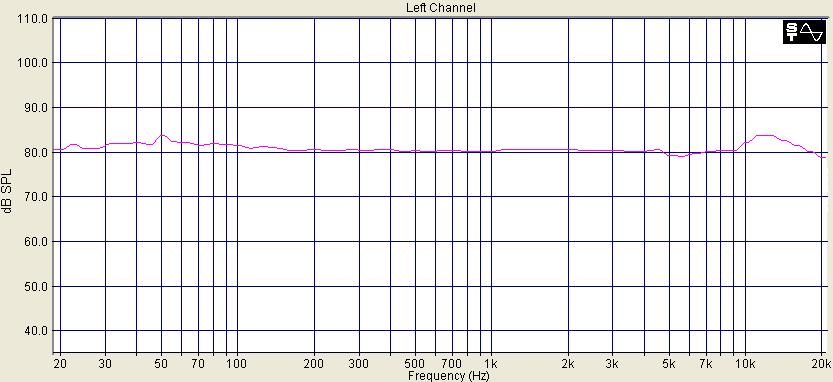
Here is the Denon DL-160 for my friend nicoch46 in green. In magenta is the Ortofon MC20s for comparison. The Denon is very flat like the MC20s, it only has a stronger resonance up high. Still better than the Virtus by 2dB for resonance, and flat as the MC20s.
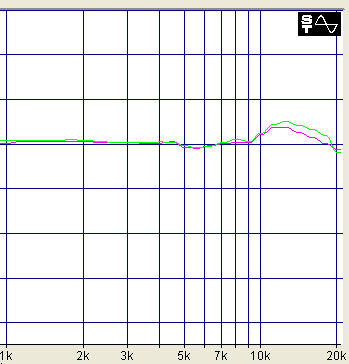
Also for nicoch49, the distortion spectrum of the DL-160 through the 40dB MM Steve Bench cascoded tube stage. They total 1.7% THD together. No step up involved. I don't know what the arm and the record contribute. I can see some 100Hz & 50Hz electrical hum too.
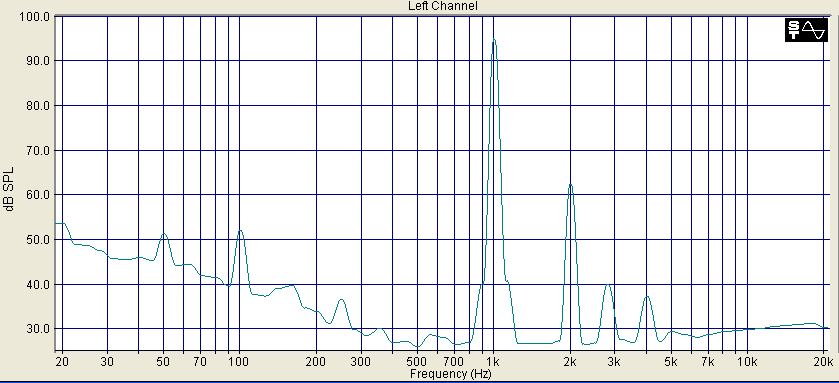
Nice to play with vinyl, always a joy.
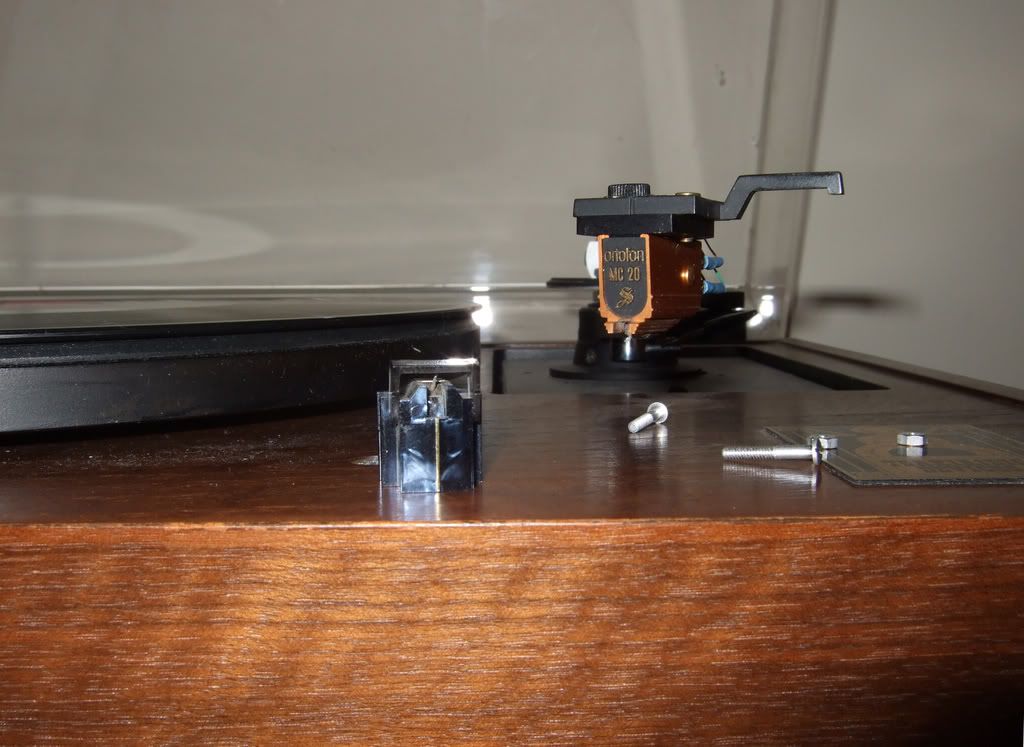
Here is the Ortofon MC20s. Having a rather more benign resonance in the last octave and a flatter trend in contrast to the Virtus. It sounds more open in tone, and more ambient subjectively too.

Here is the Denon DL-160 for my friend nicoch46 in green. In magenta is the Ortofon MC20s for comparison. The Denon is very flat like the MC20s, it only has a stronger resonance up high. Still better than the Virtus by 2dB for resonance, and flat as the MC20s.

Also for nicoch49, the distortion spectrum of the DL-160 through the 40dB MM Steve Bench cascoded tube stage. They total 1.7% THD together. No step up involved. I don't know what the arm and the record contribute. I can see some 100Hz & 50Hz electrical hum too.

Nice to play with vinyl, always a joy.

I will play the unspoken question holder, which is a position held by the devil's advocate.
Damping may decrease the 'life' of the given sonic presentation, in an 'unwanted' way. Meaning, there's lots of filters and phase (reactive) issues in the (any) given RIAA filter, already. Does the additional filter bring more harm to than benefit to subtle and gross dynamics? I mean in comparison to something like a KEF or Thiel speaker. They are 'over filtered' and thus have a very dead and lifeless sonic presentation, even though their FR characteristics are of low deviation. Designed by an engineer..but apparently..never actually listened to by human beings. Is there danger of such things in this situation?
Taming resonance is tricky business at best.
Damping may decrease the 'life' of the given sonic presentation, in an 'unwanted' way. Meaning, there's lots of filters and phase (reactive) issues in the (any) given RIAA filter, already. Does the additional filter bring more harm to than benefit to subtle and gross dynamics? I mean in comparison to something like a KEF or Thiel speaker. They are 'over filtered' and thus have a very dead and lifeless sonic presentation, even though their FR characteristics are of low deviation. Designed by an engineer..but apparently..never actually listened to by human beings. Is there danger of such things in this situation?
Taming resonance is tricky business at best.
Best thing is to have moderate resonance in the first place. Like with the MC20s. Certainly not sounding pinched by itself. With the Virtus it helped. There are always time domain implications with a mechanical resonance seen on impulse response trail that will not vanish by an electrical anti resonance. Two wrong won't make a right. But having a switch with a couple of amplitude and q options for a certain cart and phono stage can help with many records. That is where quantity is so obvious that shadows subtler quality. IMHO of course.
Hi Salas
Have you tried taking measurements in different loads? How about in zero ohms? You'll obviously need an I/V stage for that.
Have you tried taking measurements in different loads? How about in zero ohms? You'll obviously need an I/V stage for that.
Tried from 100 Ohm to 100kOhm. Under about 20X the output Z of the cartridges they just get weaker losing 1 dB all over the place. The resonance does not seriously deflate nor the FR droops. So I ended up to 1K for low Ortofon MCs, and 10K for high Denon MC so to keep Mr. Johnson happy too.
Yes, it has very good tonal balance. It just lacks the refinement and detail of expensive MCs, but at the price it has correctness and output, plus tracking abilities that make it a benchmark. Especially if the TT and arm are not very good (read expensive), better MCs will not shine anyway.
I don't know what is the best price you can find for Benz Micro MC-Gold that retails at around 275 Euro officially. That would be a good try out. 0.4mV output, 20 Ohm impedance.
Hi
I'm glad some gents here remember Grand Dad Supex. Few seems to know their offspring was Koetsu. In fact, imo they were rather better constructed than some Koetsu carts I've seen.
Two Supex bottom left in the pic: The silver is a 901 Super h/o and my favourite black is an SD 900 Super 11.
Sorry about the pic quality. Nighttime here.
bulgin
I'm glad some gents here remember Grand Dad Supex. Few seems to know their offspring was Koetsu. In fact, imo they were rather better constructed than some Koetsu carts I've seen.
Two Supex bottom left in the pic: The silver is a 901 Super h/o and my favourite black is an SD 900 Super 11.
Sorry about the pic quality. Nighttime here.
bulgin

Attachments
- Status
- Not open for further replies.
- Home
- Source & Line
- Analogue Source
- Trapping MCs
